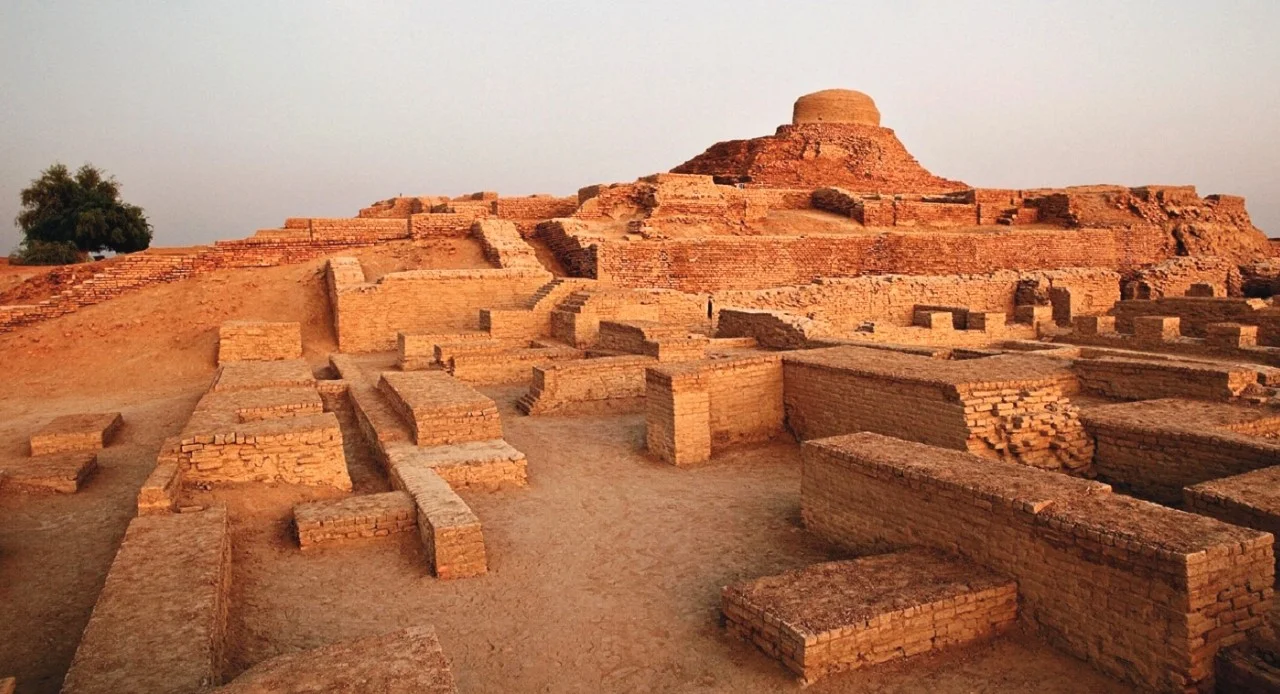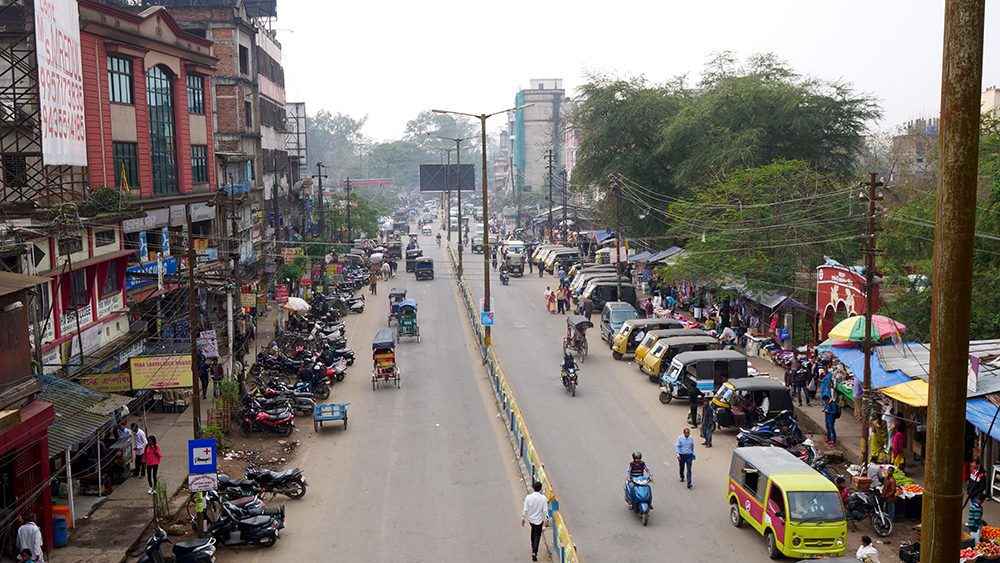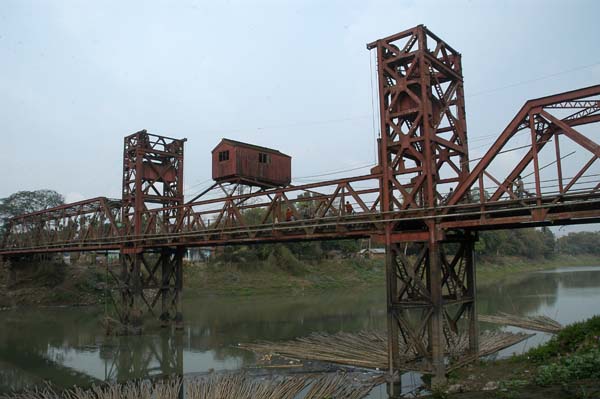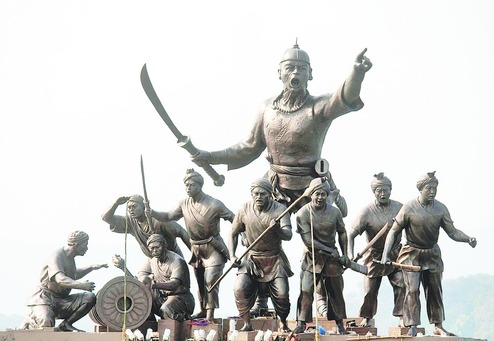The ancient civilization of the Harappans holds a mystique that captivates historians and archaeologists alike. In this exploration of Harappan archaeology, we journey back in time to unravel the fascinating tale of the first cities that emerged on the Indian subcontinent.
Unearthing the Harappan Civilization
Discovery and Excavation
The story begins with the discovery of the Harappan Civilization in the 1920s by archaeologist Sir John Marshall. The ruins of Mohenjo-Daro and Harappa, located in present-day Pakistan, revealed a sophisticated urban culture dating back to around 2600 BCE.
Dive into the details of Mohenjo-Daro’s excavation in our blog “Unraveling Mohenjo-Daro: Archaeological Marvels” here.
Urban Planning Marvels
The meticulous planning of Harappan cities showcases advanced urban engineering. With well-planned streets, advanced drainage systems, and standardized brick sizes, these cities were a testament to the organizational prowess of their inhabitants.
Life in Harappan Cities
Cultural Flourish
Harappan society was characterized by a rich cultural tapestry. The discovery of seals with intricate script and artwork hints at a complex social structure. The citizens engaged in trade, with evidence of connections with Mesopotamia.
Explore the cultural facets of the Harappan Civilization in our blog “Art and Culture of the Harappans: A Glimpse into Ancient Creativity” here.
Trade Routes and Commerce
The Harappans were adept traders, engaging in commerce with regions as distant as Sumeria. The seals discovered at these sites suggest a system of writing, yet to be fully deciphered, that likely facilitated trade and administrative activities.
The Decline and Enigma
Theories on Decline
The decline of the Harappan Civilization remains an enigma. Various theories propose causes ranging from environmental changes to natural disasters or even invasions. The absence of deciphered written records adds an air of mystery to their disappearance.
Delve into the theories of Harappan Civilization’s decline in our blog “Decoding the Decline: The Mystery of Harappan Civilization” here.
Legacy and Heritage
Though the Harappans vanished, their legacy endures. Their contributions to urban planning, trade, and culture laid the foundation for subsequent civilizations in the Indian subcontinent.
FAQs: Harappan Archaeology Unraveled
Q: Why is the Harappan script challenging to decipher?
A: The Harappan script remains undeciphered due to the limited number of inscriptions and the absence of a bilingual script for comparison.
Q: How did Harappan cities manage waste disposal?
A: Advanced drainage systems in Harappan cities facilitated efficient waste disposal, showcasing their engineering prowess.
Q: Are there ongoing excavations at Harappan sites?
A: Yes, ongoing excavations continue to uncover new facets of Harappan life and contribute to our understanding of this ancient civilization.
Harappan Archaeology: A Window to Our Past
As we explore the remnants of the Harappan Civilization, we peel back layers of history, revealing a sophisticated society that thrived along the banks of the Indus River. The story of the first cities echoes through time, leaving an indelible mark on the narrative of human civilization.












